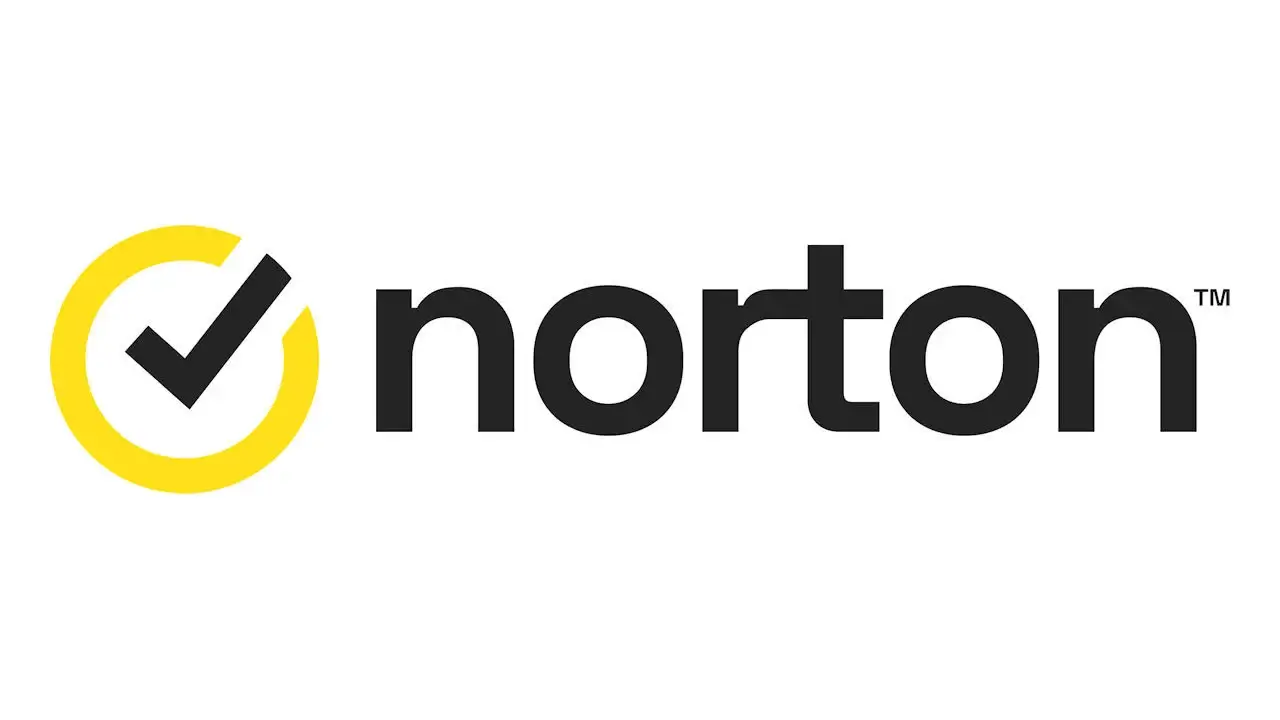Why is Monero Famous for its High Level of Security Compared to Other Cryptocurrencies?

Monero (XMR) is one cryptocurrency that is often referred to as the gold standard when it comes to privacy and security. Introduced in 2014, Monero was designed to be a truly anonymous and untraceable digital currency. Unlike many other cryptocurrencies such as Bitcoin, whose transactions and wallet balances are visible to anyone on the public blockchain, Monero obfuscates this information to protect user privacy. This article will discuss why Monero has a higher level of security than other cryptocurrencies, the technology used, and its advantages and challenges.
1. Security Technology Used by Monero
Monero’s main advantage in terms of security comes from its use of advanced technology that ensures the privacy of transactions. Some of the key technologies used include:
a. Ring Signatures
Ring signatures are a mechanism that allows the sender of a Monero transaction to combine their signature with the signatures of other users in the group. This makes it difficult to determine who actually sent the funds. In a Monero transaction, the sender’s signature is masked among multiple users, so no one can be sure who the original sender is.
b. Stealth Addresses
Monero uses stealth addresses to ensure that the recipient’s address is never revealed on the public blockchain. Each transaction generates a unique address that is only accessible to the recipient. This way, no one can trace the recipient’s public address or associate it with a specific transaction.
c. RingCT (Ring Confidential Transactions)
RingCT is a technology introduced in 2017 that allows Monero to hide the amount of a transaction. With RingCT, not only the identities of the sender and recipient are kept secret, but also the amount being transferred. This provides an additional layer of anonymity that many other cryptocurrencies lack.
d. Dandelion++ Protocol
Monero also uses the Dandelion++ protocol to obfuscate the path of a transaction. This protocol ensures that transactions cannot be traced back to the user’s IP address, protecting their privacy before they are even written to the blockchain.
2. Privacy vs. Transparency: Key Differences Between Monero and Bitcoin
Bitcoin is often referred to as pseudonymous, not anonymous. While usernames are not directly associated with Bitcoin addresses, all transactions are publicly recorded on the blockchain. With sophisticated blockchain analytics, Bitcoin transactions can be traced, and user identities can be linked to specific addresses.
In contrast, Monero is designed to be completely anonymous. The Monero blockchain does not reveal any information about the sender, recipient, or amount of a transaction. Even if someone had access to the Monero blockchain, they would not be able to learn any transaction details without a special key.
3. Monero’s Security Advantages
a. Total Anonymity
Unlike other cryptocurrencies, Monero guarantees total anonymity to its users. This is especially important in the digital age where personal data is often the target of hackers and abuse.
b. Untraceable
With technologies like Ring Signatures and stealth addresses, Monero makes transactions untraceable. Even legal authorities and blockchain analytics companies cannot easily track Monero transactions.
c. Strong Decentralization
Monero maintains strong decentralization, meaning that no single entity controls the network. This makes it more resistant to censorship and manipulation.
d. Protection from Blockchain Analysis
Monero is designed to protect users from blockchain analysis that could reveal transaction patterns and user identities. This makes Monero a popular choice for those seeking true privacy.
4. Challenges Facing Monero
While Monero has many advantages, it does face some challenges:
a. Regulation and Legality
Due to its anonymous nature, Monero has often come under scrutiny from regulators and legal authorities. Several countries have banned or restricted the use of Monero due to concerns that it could be used in illegal activities such as money laundering and terrorism financing.
b. Lack of Exchange Support
Some major cryptocurrency exchanges are reluctant to support Monero due to regulatory pressure. This could limit Monero’s liquidity and accessibility to users.
c. High Computational Requirements
Monero’s privacy technology requires more computing resources than other cryptocurrencies. This can result in longer transaction times and higher fees.
5. Real-World Uses of Monero
Monero is used by individuals and organizations who value privacy. Some examples include:
- Activists and Journalists: Monero allows them to accept donations without revealing their identities.
- Dark Web Users: Despite its frequent criticism, Monero is also used in online dark web markets due to its high level of anonymity.
- General Users: Many people use Monero for everyday transactions because they want the privacy that other cryptocurrencies cannot provide.
Conclusion
Monero is a cryptocurrency designed with privacy and security in mind. With advanced technologies like Ring Signatures, stealth addresses, and RingCT, Monero provides its users with complete anonymity. Despite facing regulatory and technical challenges, Monero remains a top choice for those who want true privacy in their digital transactions. As privacy technology continues to advance, Monero will continue to play a vital role in the cryptocurrency ecosystem as a symbol of strong anonymity and security.
That’s all the articles from Admin, hopefully useful… Thank you for stopping by…





